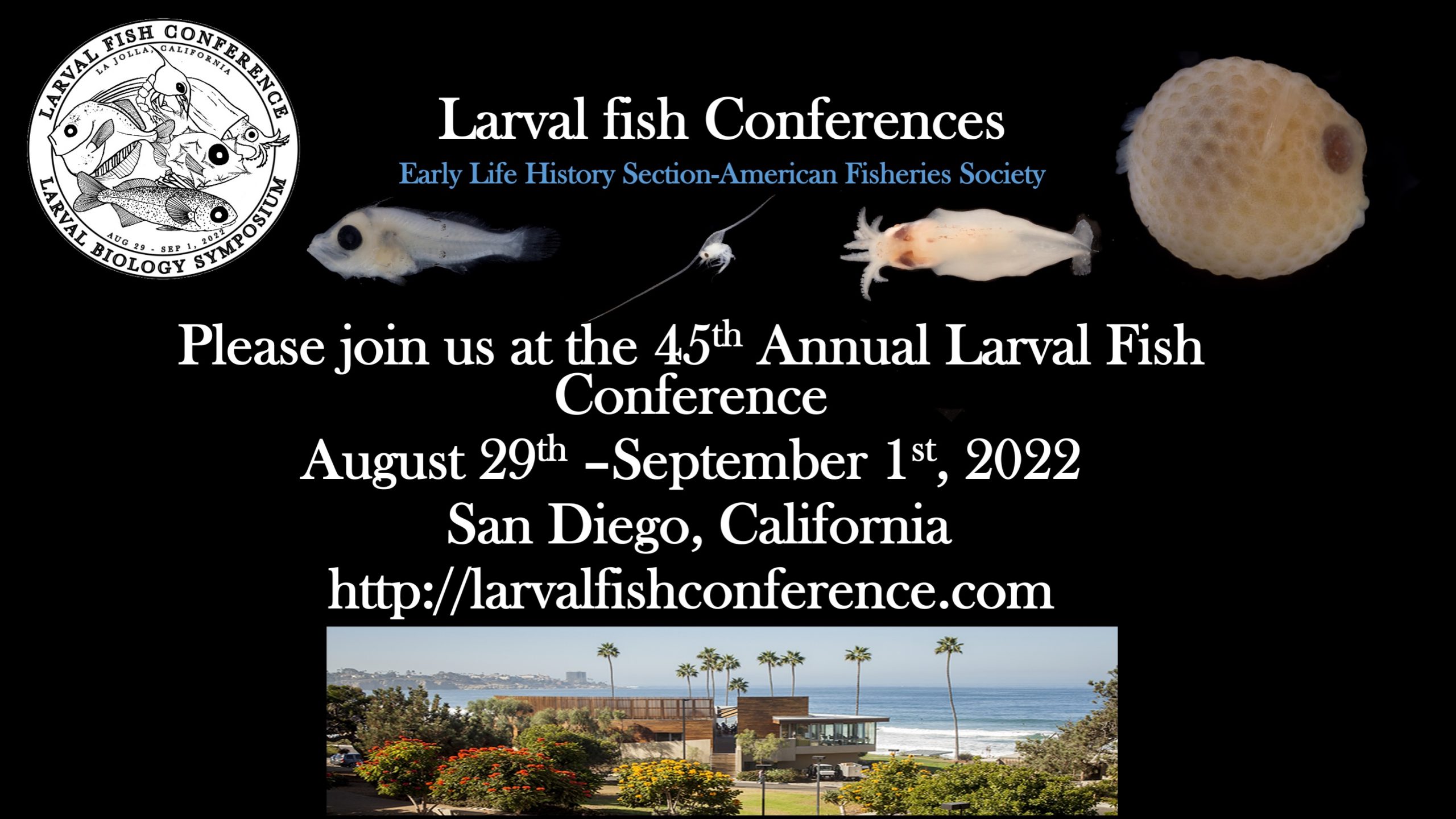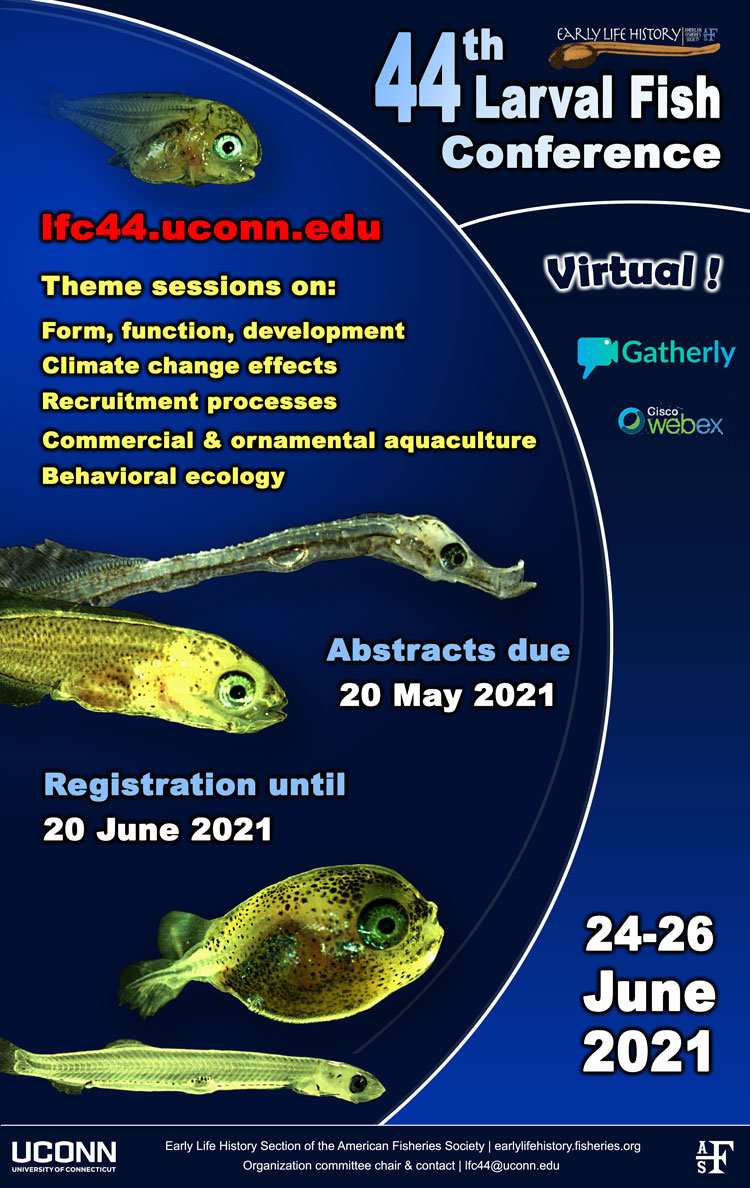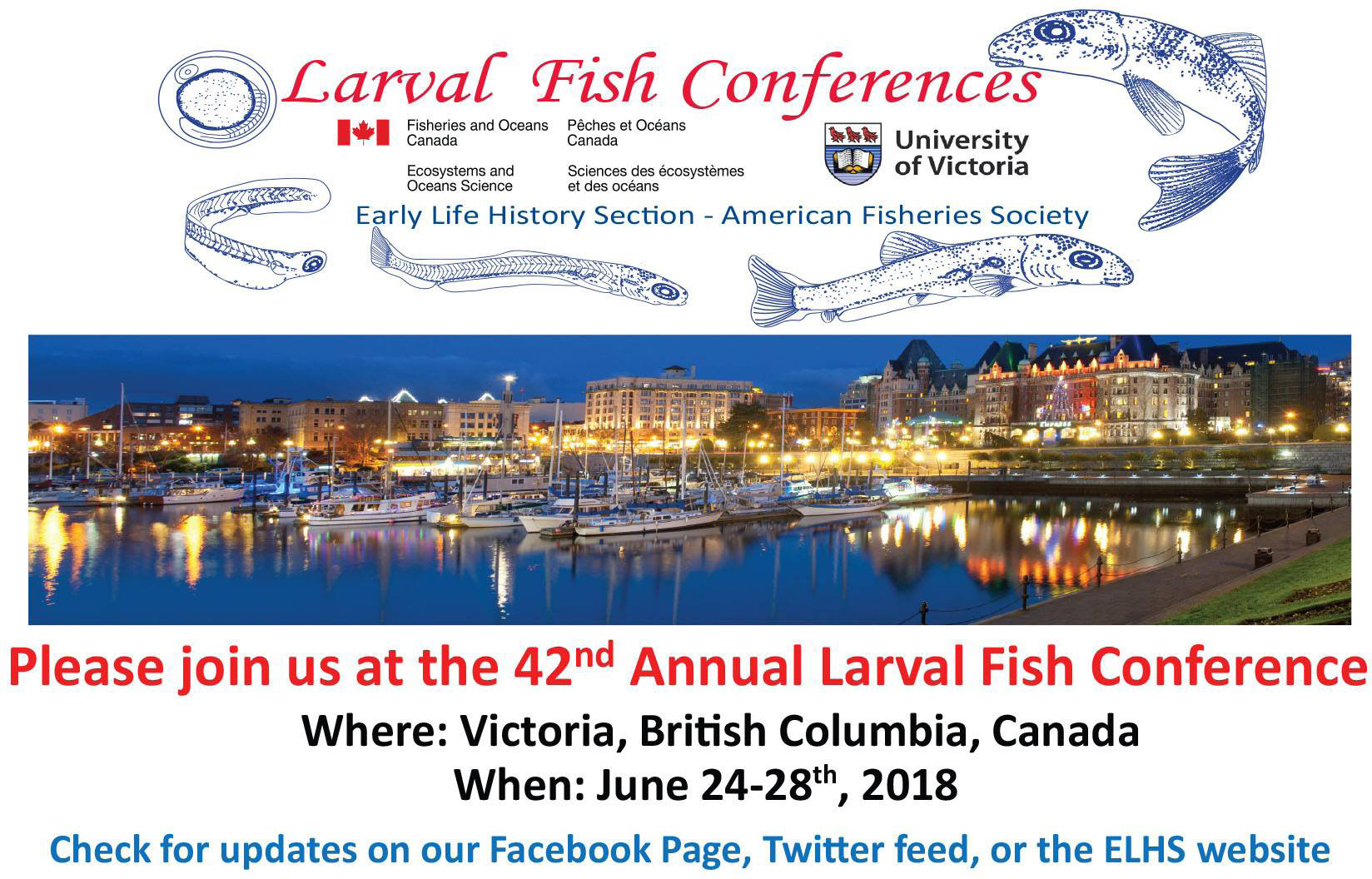Judging Criteria for the Sally Leonard Richardson Best Student Paper Award
1. Research, Management or Cultural Value – 35 Points
A. Originality and Conclusiveness – The value of the study in communicating and presenting unique or innovative methods, concepts or interpretations and/or the relevance of the study findings to scientific and management activities.
B. Technical Merit – The value of the analytical content of the material presented. This will be influenced by the adequacy and appropriateness of any analytical methods or statistical procedures used in the study, by the accuracy and consonance of the interpretations with the study results, and by the awareness and evaluation by the speaker of any limitations in the methods, hypotheses, results and implications of the paper.
C. Scope and Complexity – Are the findings of broad general interest or applicability rather than site specific?
2. Structure and Content – 20 Points
A. Organization – The value of the paper in terms of the structure of the presentation. This will be influenced by both thematic and logical development of the scope of the paper, the background and historical context for the study reported upon (i.e., purpose and orientations), serial progression of results relating to the purpose or hypotheses for undertaking the study, and formulation and expression of logically derived conclusions, interpretations, and implications of the study results.
B. Understandability – Do both the presentation and the paper, if available, present the material so it can be readily understood by workers not engaged in that particular specialty or locality?
C. Effort – How much effort was involved? Two weeks, six months, two years?. Was the study carefully planned and conducted, or did it develop as a by-product of other work? Did the author use pertinent literature?
3. Presentation – 30 Points
A. Verbal – The value of the paper in terms of the manner in which it is delivered. This will be influenced by voice quality, enthusiasm, grammar, eye-to eye contact with the audience. posture and non-verbal body actions, pronunciation and articulation, and a sense of sensitivity toward the audience.
Does the author speak clearly? Does the author hem, haw, and digress, or does the author stick to making the points as succinctly as possible? Does the author keep the audience interested or bored? Is the author at ease, or uptight?
B. Visual aids – The value of visual materials (slides, overheads) in abetting or enhancing the oral delivery and presentation. This will be influenced by the visibility of the aids, the simplicity and comprehensibility of the aids, the relevance of the visual aids in clarifying oral subject matter or in reinforcing oral comments. Speakers should talk to the audience and only look towards the visual aid when necessary to make a specific point. Visual aids should always be adjunct and not integral to the oral presentation!
Does the author use slides judiciously to illustrate findings? Can graphs or tables be easily grasped, or does it take ten minutes to find out what is being demonstrated?
4. Abstract and Title – 10 Points
Does the title accurately describe the subject? Does the abstract concisely state the principle objectives and scope of the investigation, describe the methodology, summarize the results and state the principal conclusions?
5. Other Considerations – 5 Points
Does the presentation evoke questions and discussion or is there a dead silence? (This is often difficult to grade as the author may have answered most questions in the presentation. Audience reaction may be helpful in grading on this point.)
This may be used to indicate the general impression of the presentation, and to reward unique or attractive points, such as the judicious use of humor, or other features which do not fit exactly into the other criteria. It should be considered as extra and not automatically awarded.







